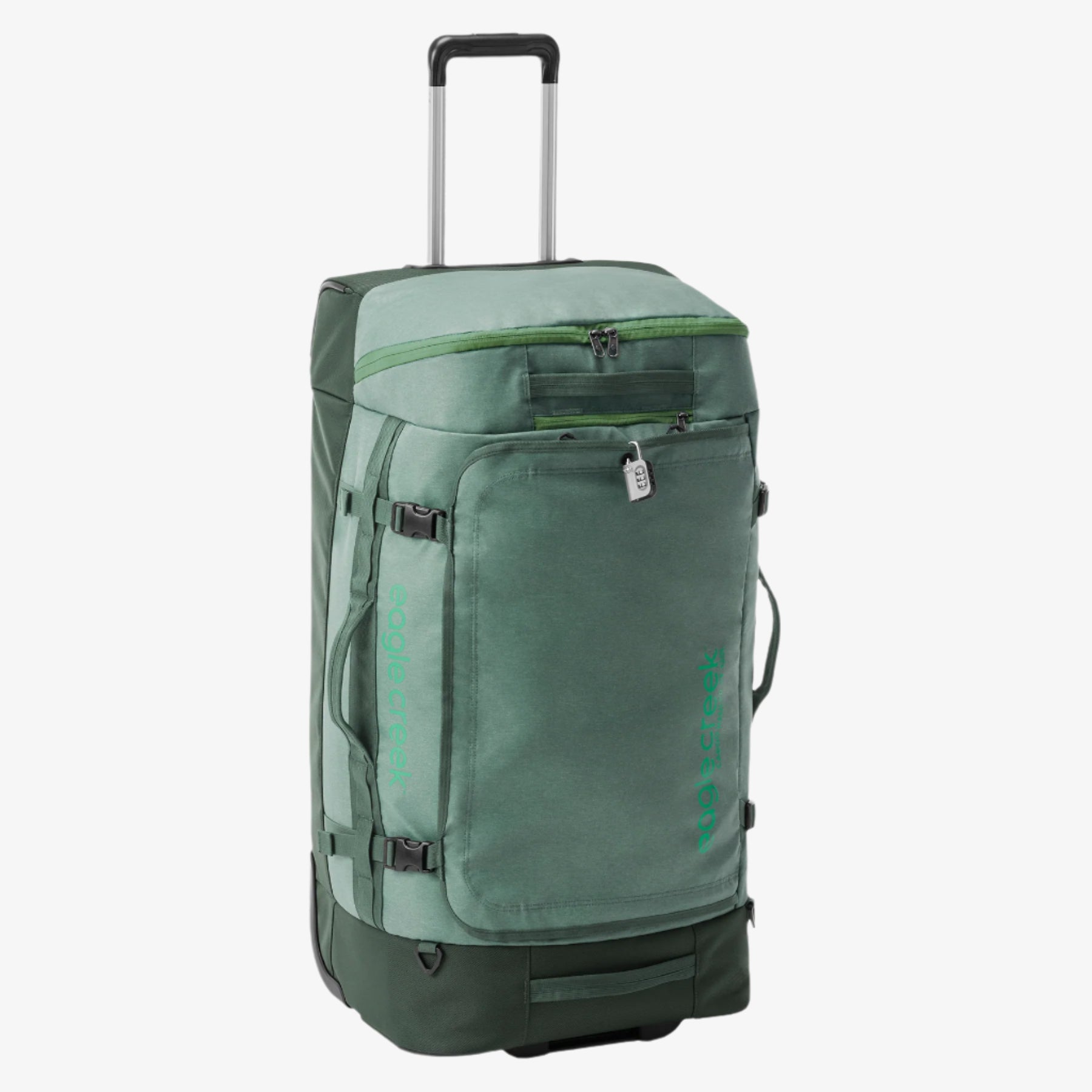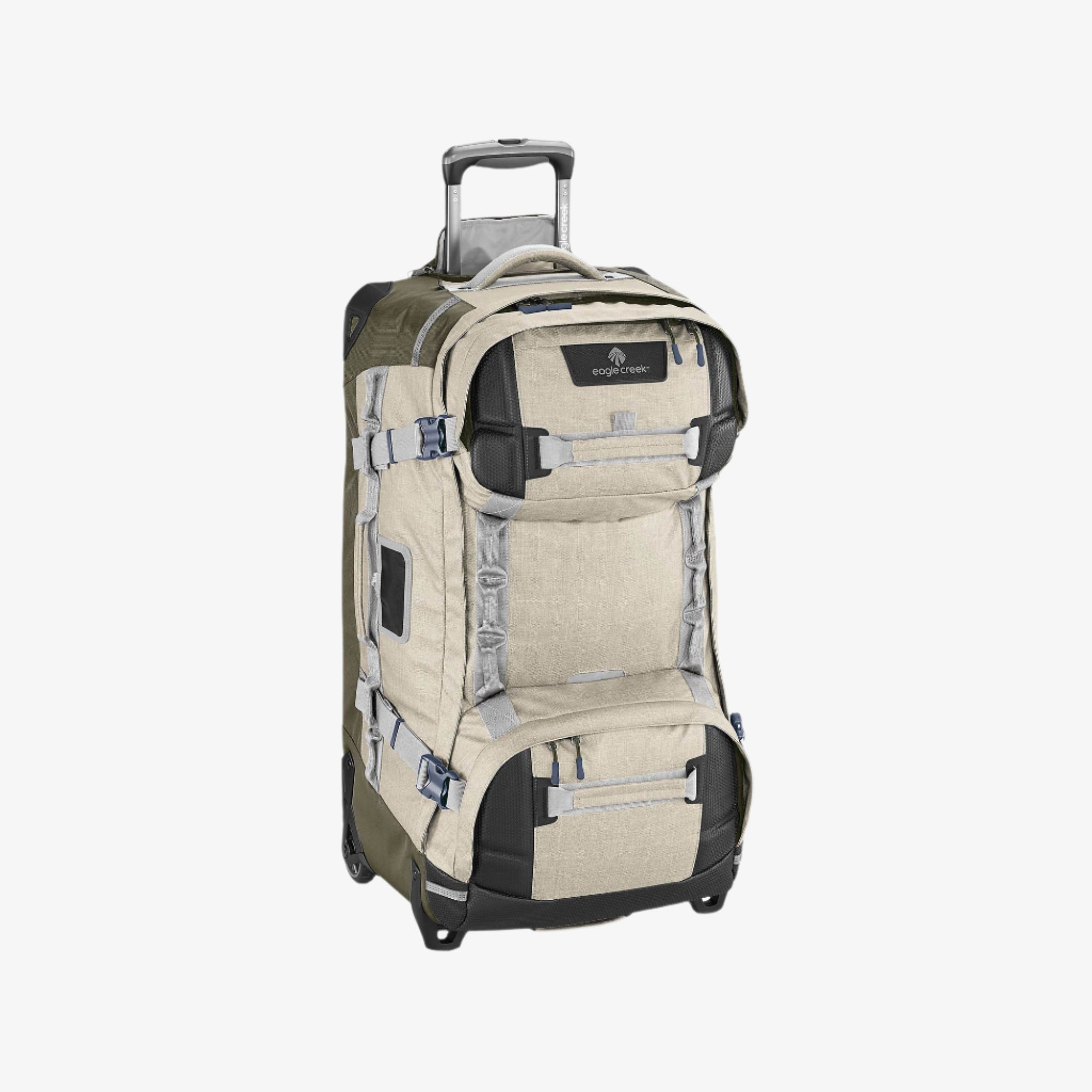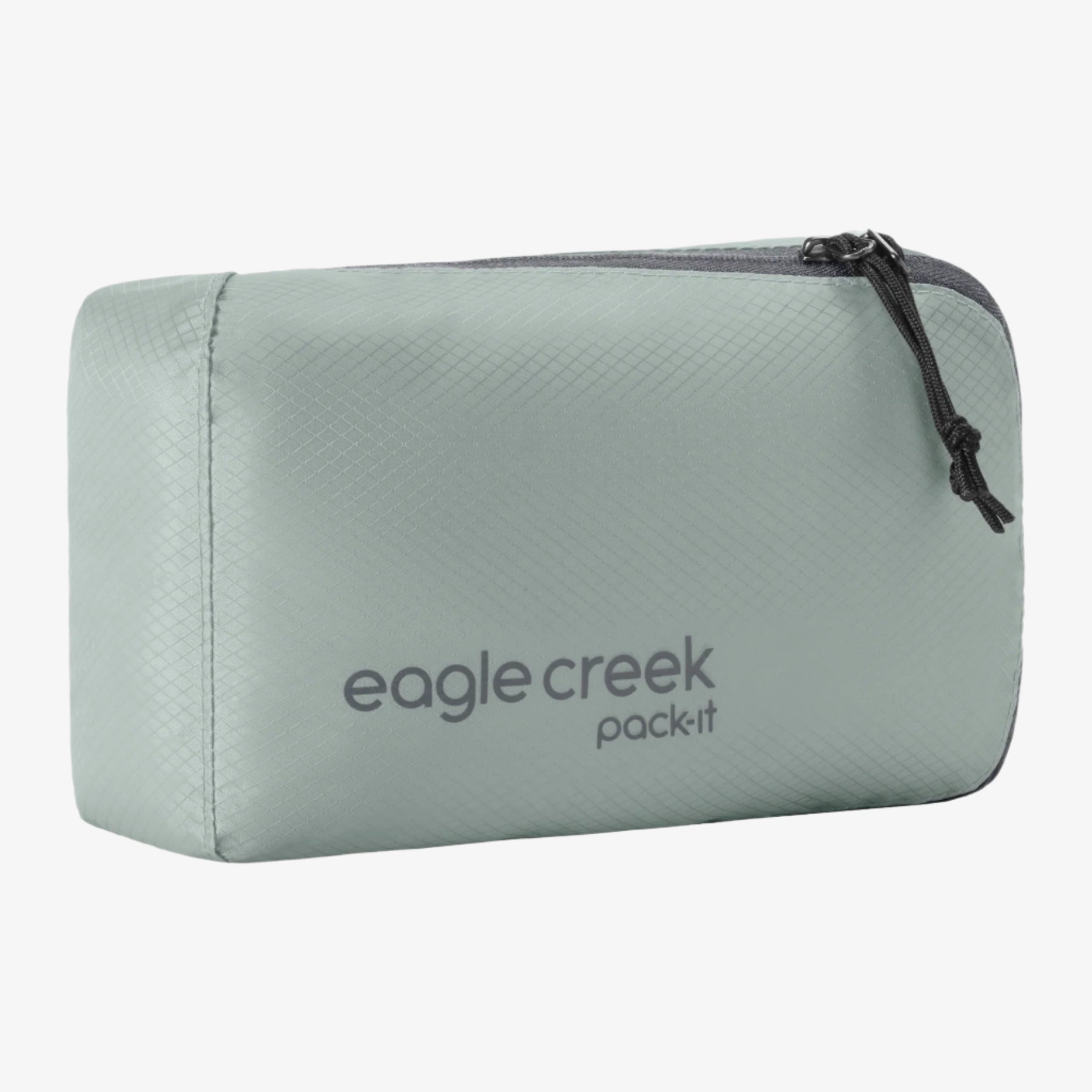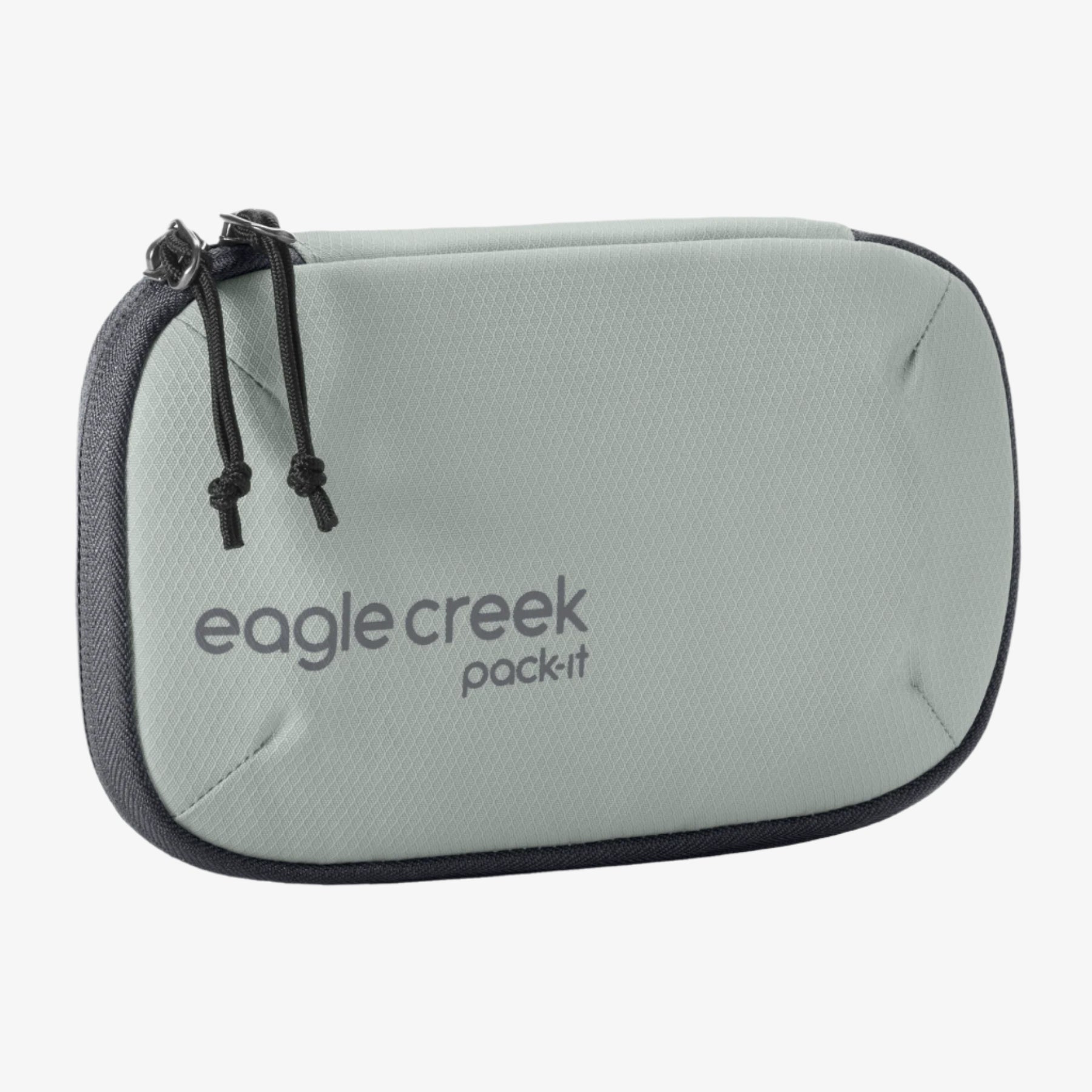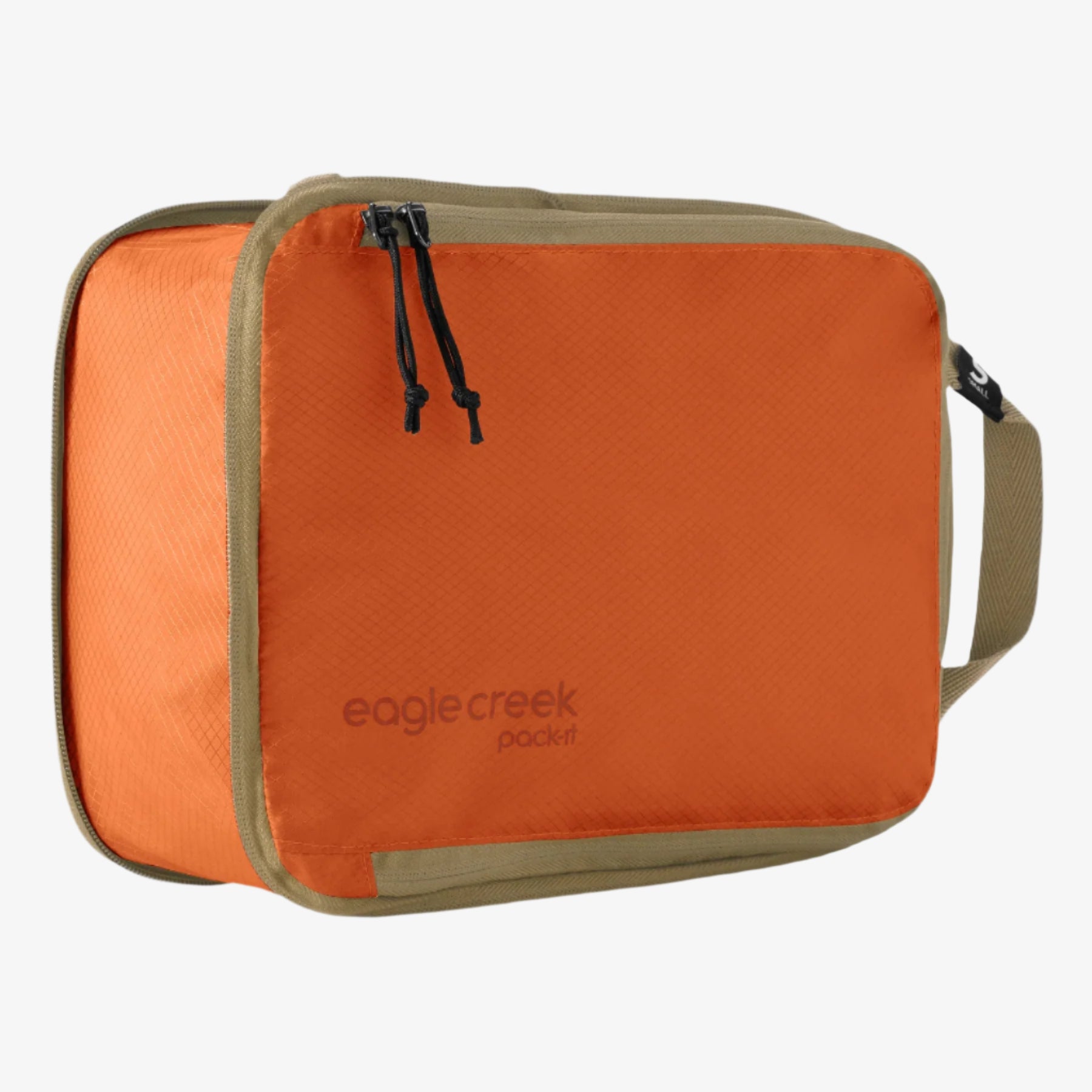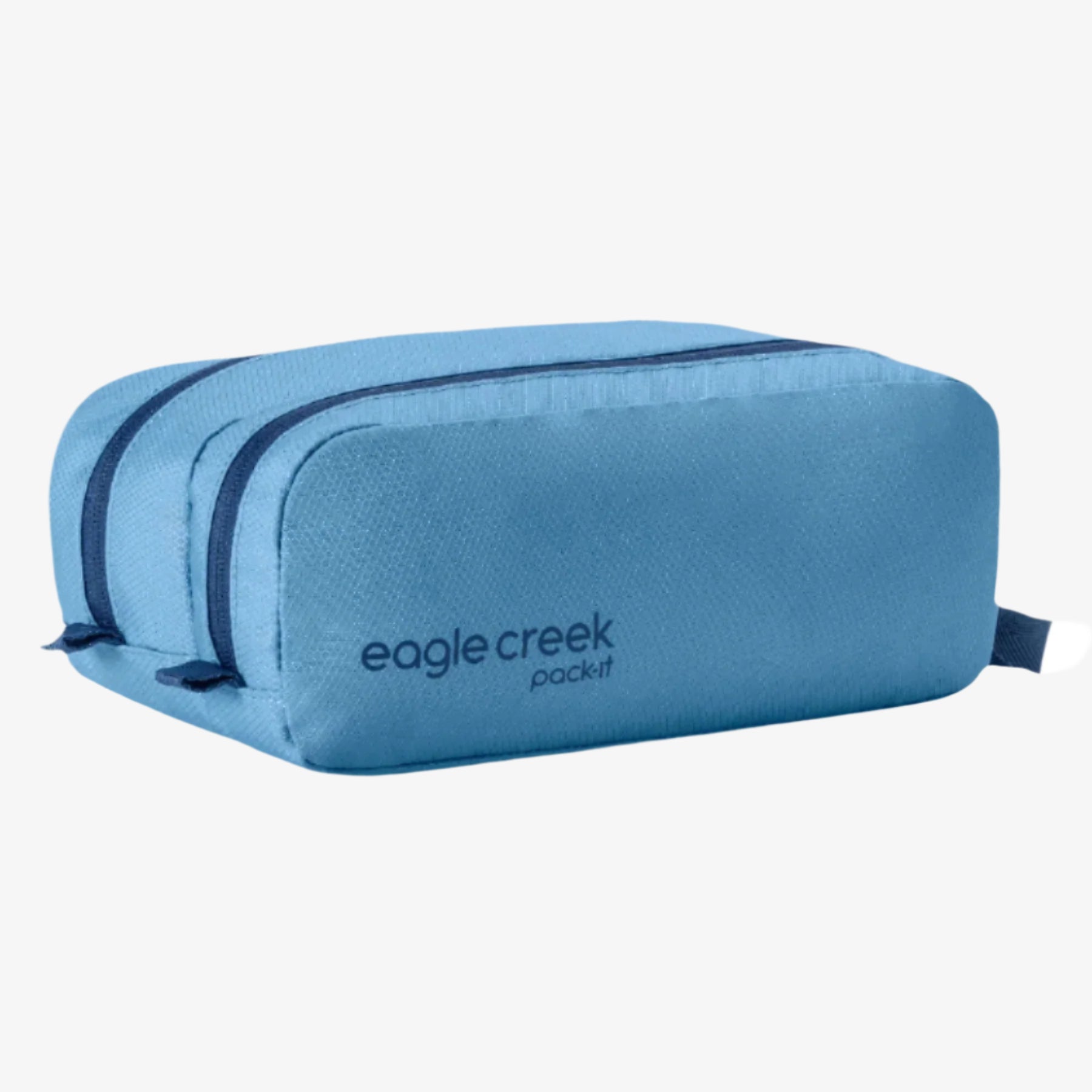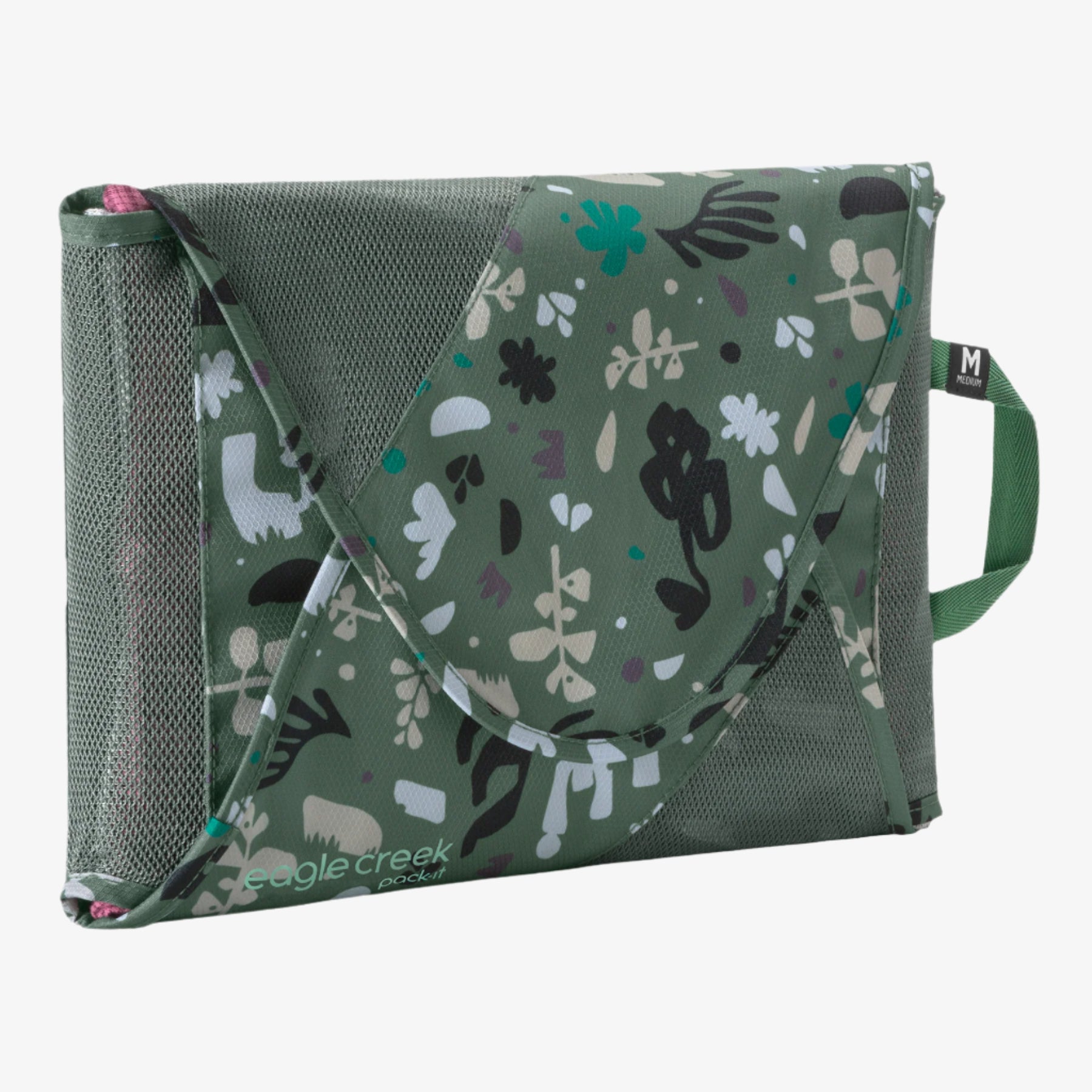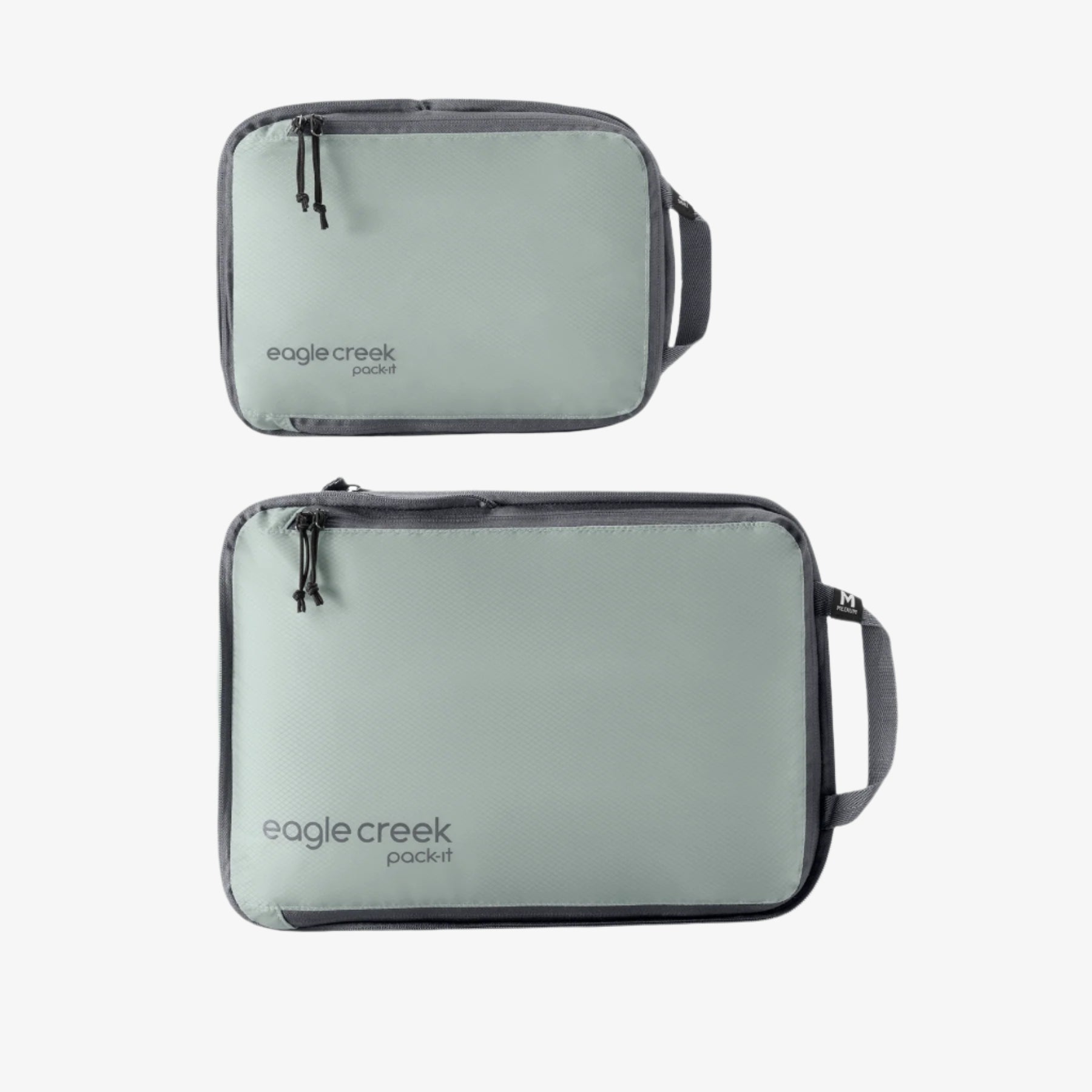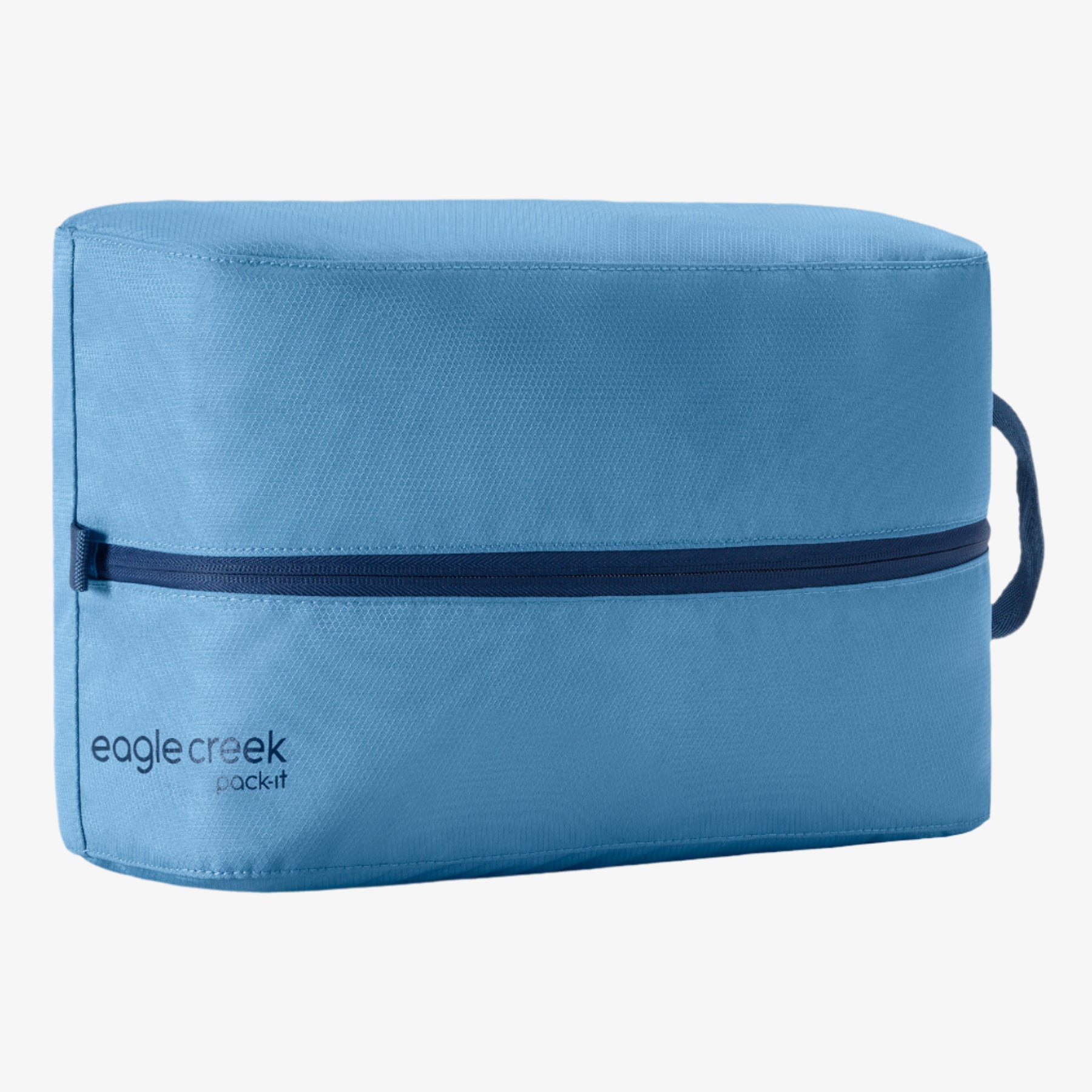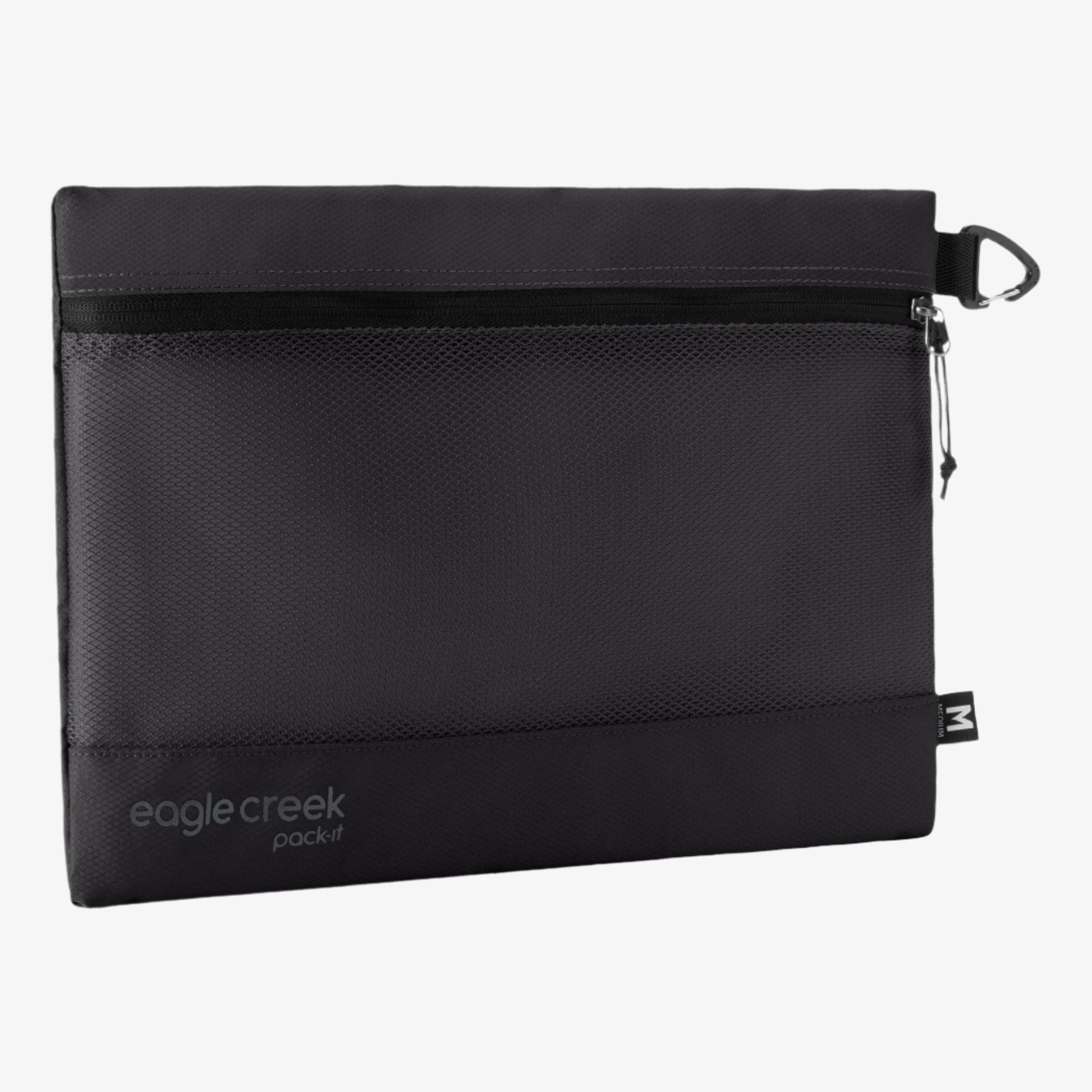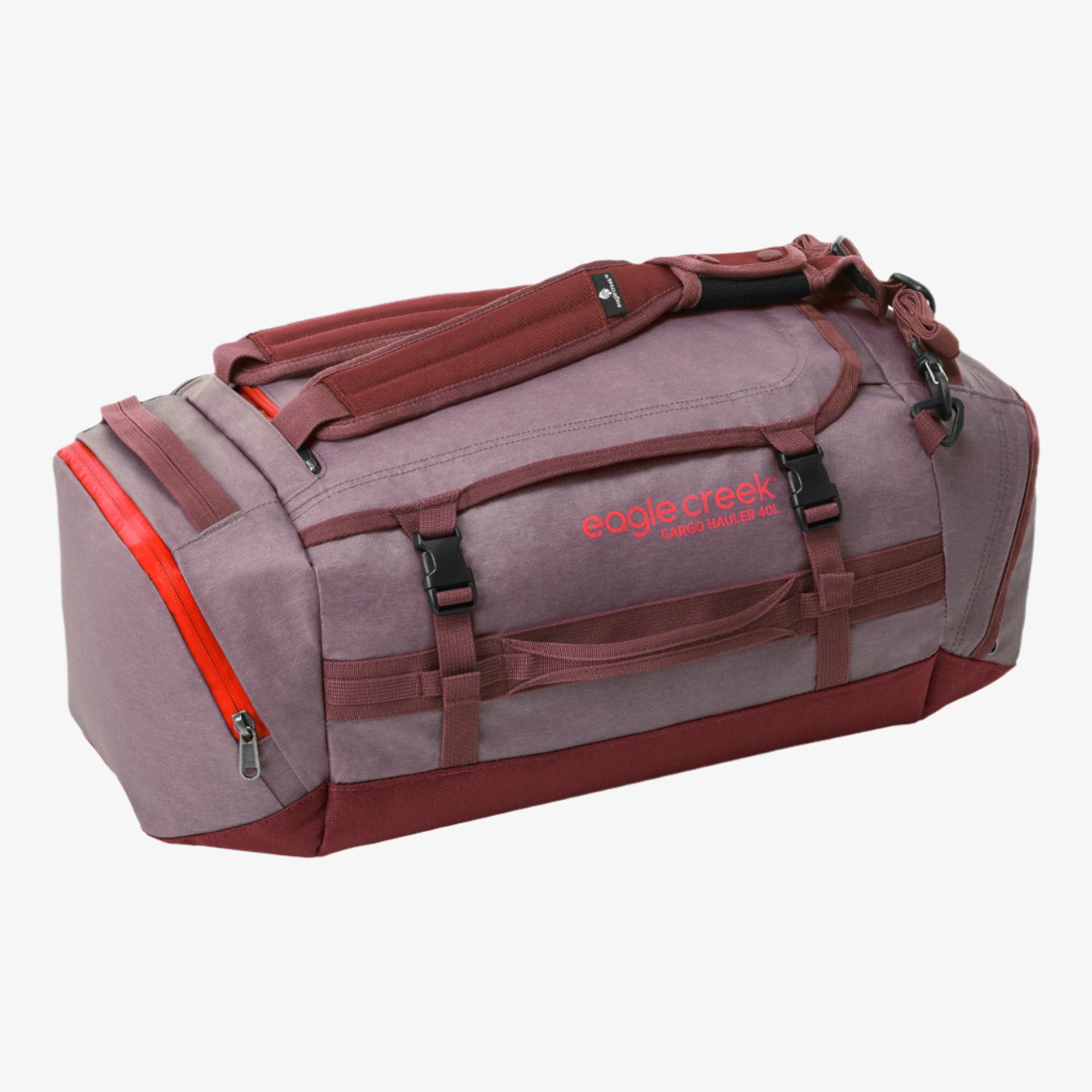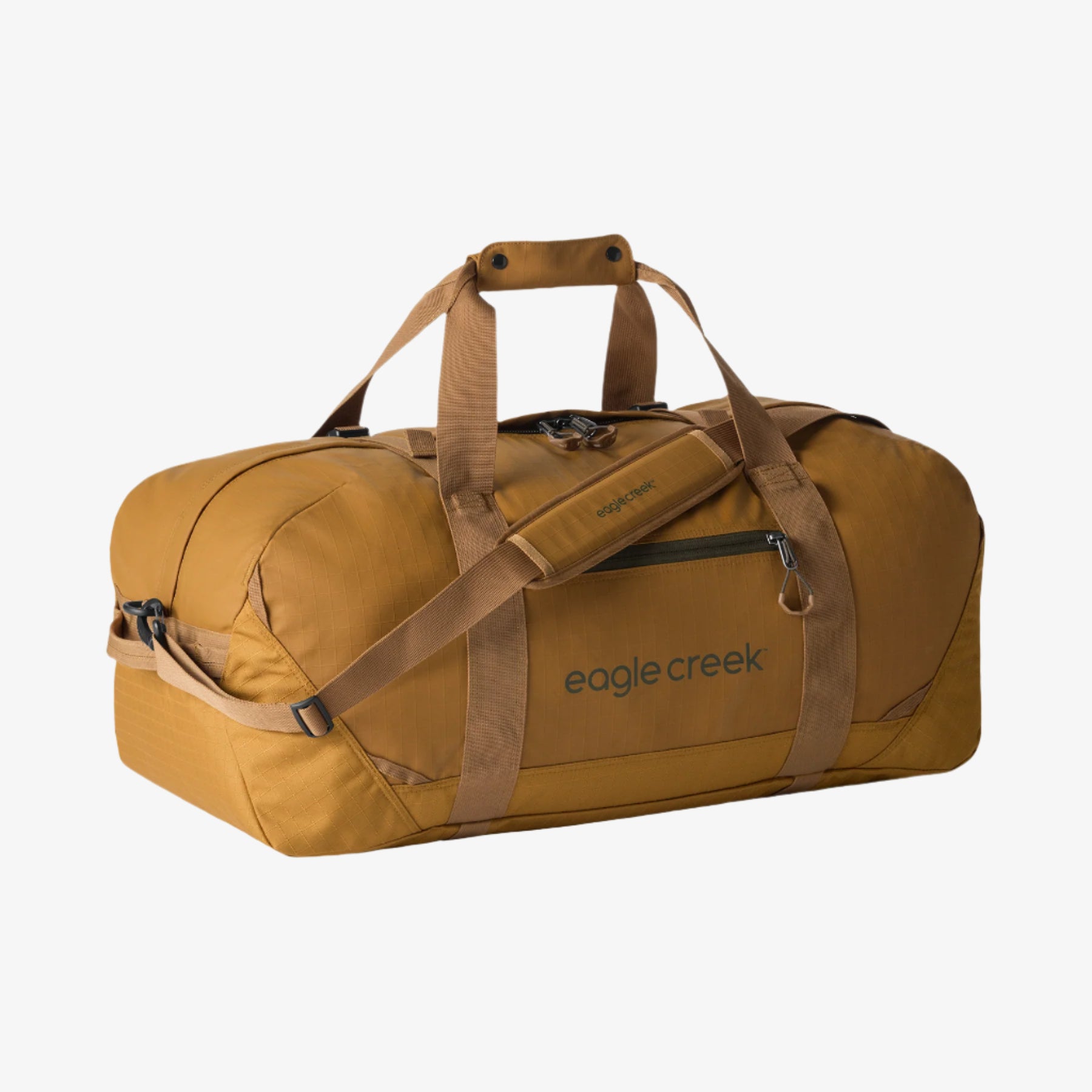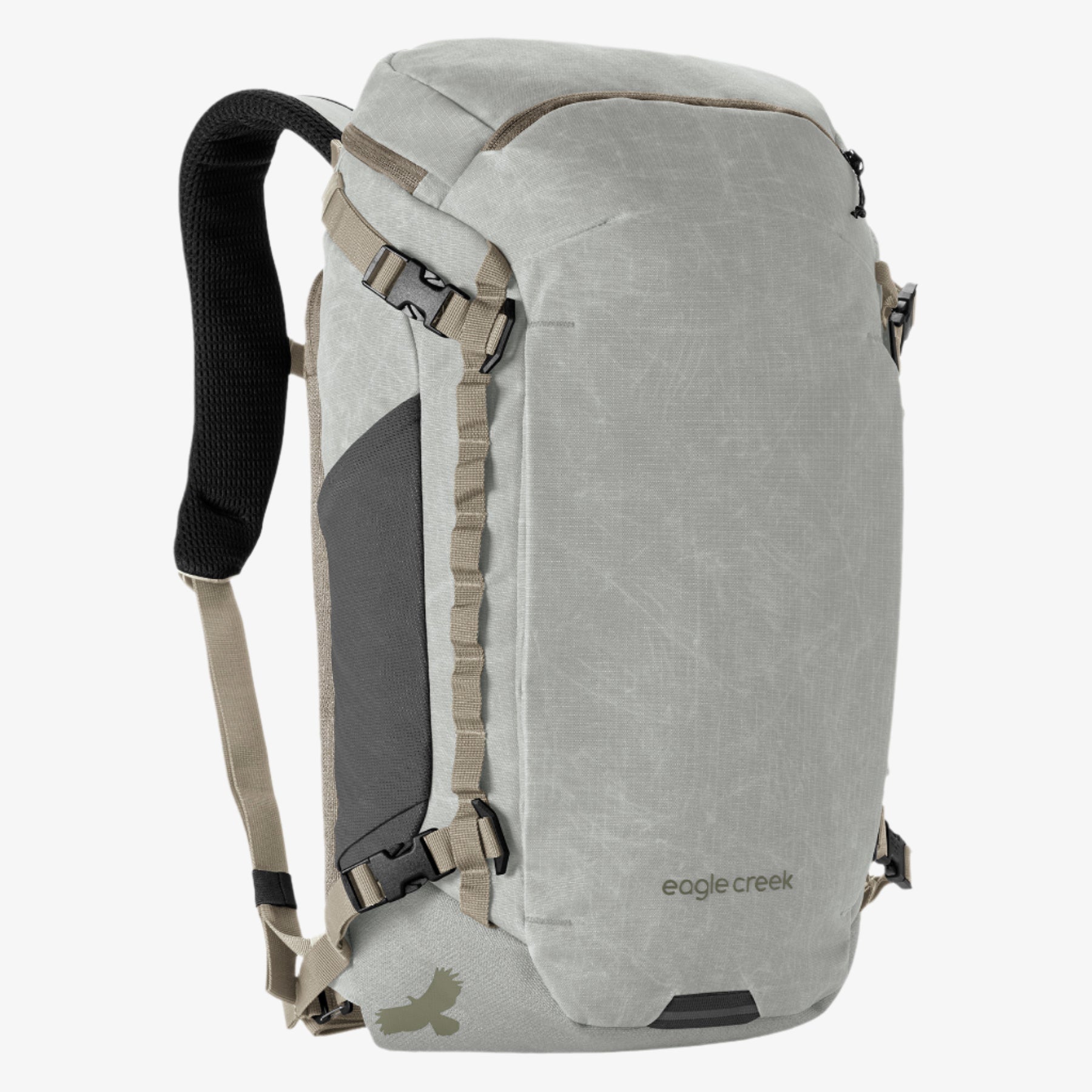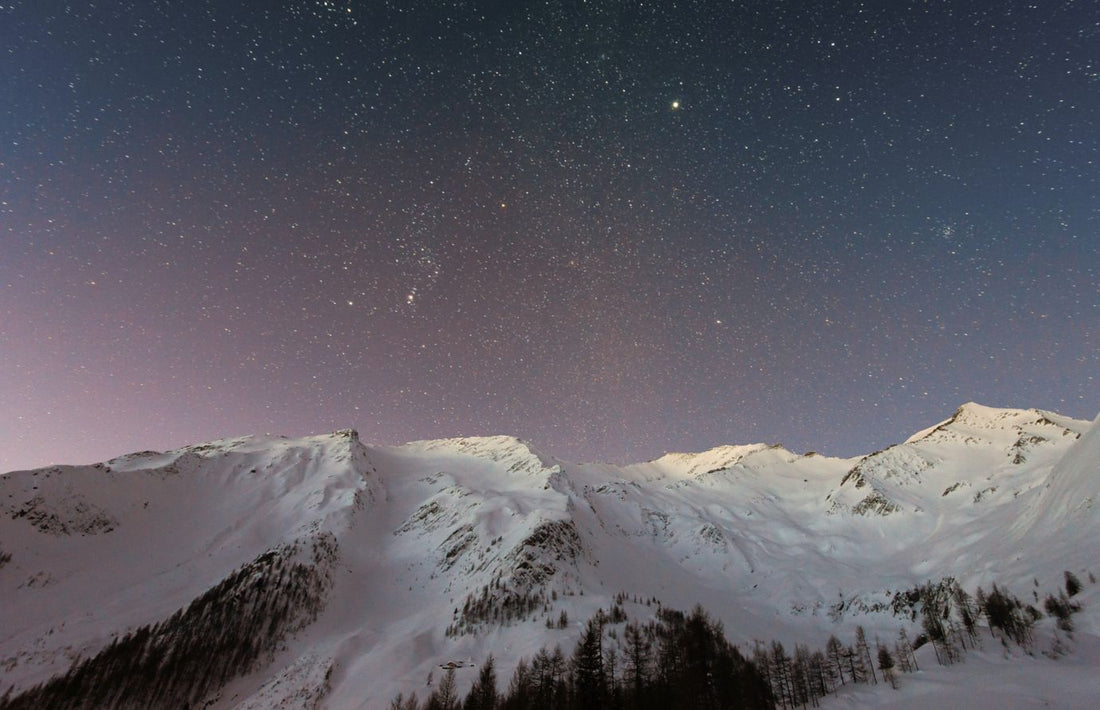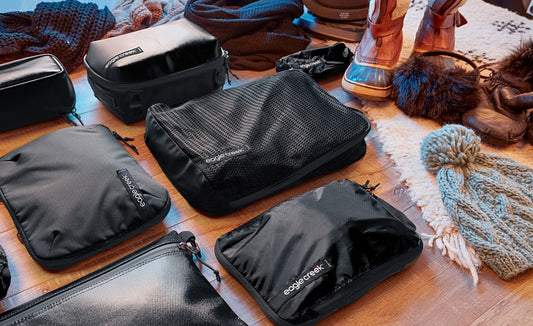
Want to learn how to stargaze? In the winter, the sky is at its most clear, perfect for viewing stars, bright planets, and maybe seeing a streaking meteor. These winter stargazing tips will show you the best apps and tools for identifying stars and constellations, as well as tips to dress properly to stay warm. Plus, discover the best dark sky locations around the country.
There is something magical about gazing up at an inky-black sky full of stars, bright planets, and maybe a streaking meteor or two. Stargazing is wonderful anytime of the year, but in the winter, the sky is at its most clear, making stars seem brighter. Plus, many of the prime stargazing locations (such as state or national parks) are fairly deserted during winter months—and if you're really lucky, in the most northern states, you might get a glimpse of the Northern Lights.
Staying Warm is Essential
Knowing how to stargaze is one thing, but you can't look at stars while hanging out indoors. So be sure to prepare by dressing properly to stay warm while standing or sitting for extended periods.
Layering is your friend. Think merino wool shirt and long underwear, a synthetic sweater, and an insulated coat with a hood. Wool socks for your feet are a must, as are insulated and waterproof boots. You may like to wear fingerless gloves, but also pack mittens in a small packing sac to help your hands stay warm. Heat packs are a must! And for your head? Yep, the Elmer Fudd look is in with a warm hat that has ear flaps that fasten around your chin—this keeps the neck, ears, and head toasty warm.
Always tuck a thermos of hot cocoa or hot cider or tea into your day pack to sip. Consider bringing along a chair as well. Consider also wrapping yourself from the chest down in a thick wool blanket or sleeping bag for added warmth—you'll want to keep your arms and hands free as you'll be using your smartphone or tablet with an app to find the stars and planets.
Apps to Feel Like an Astronomy Expert
Orion, Taurus, Sirius, Cassiopeia, and the Andromeda Galaxy are just a few of the stars that are high in the horizon in the Northern Hemisphere and simply gorgeous to see. Of course, knowing where they are, exactly, in the night sky can be the challenge. But not to worry. There are some amazing stargazing apps for smartphones that will make finding constellations easier.
● NASA App: While the stargazing function is fairly basic, this is simply one of the best overall apps to load onto your phone or tablet. View the latest images from space, of stars, galaxies, tips on viewing stars and where to see them, and much more.
● Skyview: This is your go-to app for viewing the night sky. There is a free version, but the paid version offers more features and is well worth the $1.99. With Skyview, you'll be able to identify satellites, too, which is quite cool. Best of all, touch a star or planet on the screen and more information will pop up. (Available on iPhoneand Android.)
● Two other apps you’ll love and use frequently are Night Sky and Sky Guide (both iPhone only).
● Think you might want to try your hand at night photography to capture an iconic Milky Way shot? Then you'll want to purchase this app: PhotoPills.
Winter Stargazing Tips to Finding Dark Skies
For many, especially those who spend most of their time in a world surrounded by neon, streetlights, and the ever-present glow of a smartphone screen, seeing a million pinpricks of light twinkling against the dark backdrop of a night sky is a new, and frequently mind-blowing experience. To learn more about dark skies and where to find them, perhaps closer to your home than you might imagine, get involved with the International Dark-Sky Association.
At present, there are 130 International Dark Sky Places certified by the IDSA. In the United States, these are divided into Dark Sky Communities (cities or towns that reduce outdoor lighting and noise pollution, Dark Sky Parks (public or privately owned parks with an exceptional quality of starry nights), and Dark Sky Sanctuaries (typically a very remote location with amazing dark skies and starry nights). Here are a few recommendations for places with the best winter stargazing opportunities.
Dark Sky Sanctuaries:
● Devils River State Natural Area (Del Rio, Texas): Once a sprawling ranch, it was purchased by the Texas Parks and Wildlife Department in 1988 and is very remote, offering pristine night skies.
● Rainbow Bridge National Monument (Utah): Accessible only via a two-hour boat ride on Lake Powell out of Page, Arizona, followed by a mile-long hike (or you can hike in several days from the south side of Lake Powell and avoid the boat). It's remote location and spectacular foreground makes this a must-see destination for night sky photographers.
Dark Sky Parks: There are a slew of amazing parks to choose from. But these five top the list: Central Idaho Dark Sky Reserve in the Sawtooth Mountains, Glacier National Park in Montana, Great Sand Dunes National Park in Colorado, Death Valley National Park in California, and Big Bend National Park in southwest Texas.
Dark Sky Communities: If you want to stay close to civilization when viewing night skies, take your pick of the following: Beverly Shores, Indiana; Borrego Springs, California; Ketchum, Idaho; Sedona, Arizona; and Ridgeway, Colorado.
No matter how you choose to stargaze this winter, remember that it’ll be colder out there than you think—pack your roomy backpack with extra layers!
Related Links (from Eagle Creek blog):
6 Best Places to be Amazed by the Night Sky

